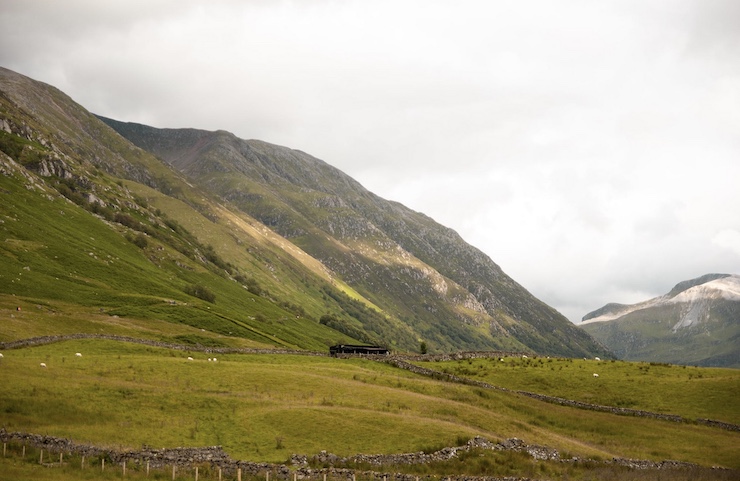
Every year, hundreds of thousands of people venture out to explore the beauty of the Scottish landscape. It has long been a favorite destination for outdoor enthusiasts like hikers and mountaineers. But even the most experienced person can run into trouble while out on a trek. According to statistics taken by Scottish Mountain Rescue, a volunteer organization representing 25 mountain rescue groups in Scotland, there was a total of 893 callouts in 2021 that required the deployment of a rescue team.
As the tallest peak in Scotland and, all of the UK, Ben Nevis sees about 100,000 people ascending her slopes a year. Lochaber Mountain Rescue Team (LMRT) is responsible for coordinating any callout missions at Ben Nevis. One such call took place in the winter of 2018 when Claire Maxted, an experienced climber, got stranded on Ben Nevis. “I went to climb Tower Ridge on Ben Nevis,” Claire recalled. “I’d been on winter climbs before, I’d done a lot of winter hillwalking as well. But I didn’t realize just how scary it would be and how exposed the route would be. And I just felt so stupid.” Luckily for Claire, the trained volunteers from LMRT were available to come to her rescue. Only this time, the team had an extra edge in completing the callout quickly and safely with the help of drone technology.
Earlier that year, world renowned expedition leader Dan Mazur assisted in rescuing British mountaineer Rick Allen from Broad Peak in the Himalayas with the help of a drone. Seeing just how valuable a tool drones can be in mountain rescue missions, Scotland founded the Search and Rescue Aerial Association of Scotland (SARAA-Scotland). Collaborating with LMRT, SARAA was on hand to deploy a drone and locate Claire in record time. Mountain rescue teams throughout Scotland have continued to rely on drones to complete rescue missions. James Cooper, a volunteer for LMRT, says that using drones has made all the difference in ensuring the best rescue outcomes. “The capabilities are awesome, just being able to pop a drone out of a bag, put it on a hill, we could clear an area that might take a few hours on foot, we can clear that sometimes within 5, 10 minutes,” he said.
Since the establishment of SARAA-Scotland, drone technology has come a long way, making them even more efficient in rescue operations. Sensors on the drones can find a cellphone signal, allowing a rescue team to pinpoint exactly what areas need to be searched. High-definition cameras with thermal sensors can then be used to find a person stranded. The heat signals from the person cannot hide from the drone’s camera. Once a drone spots a person, a microphone and speaker on it allow the victim to communicate with the rescue team. The drones can even bring emergency supplies like water, blankets, and first aid equipment to a victim awaiting retrieval.
As LMRT proudly states on their website, “We are all keen outdoor enthusiasts who understand that no matter how fit, experienced or well-equipped you are, things can always go wrong. We know that mountain rescue volunteers often provide the only chance of rescue for those lost, injured or stuck in remote or inaccessible locations.” With drones at their disposal, Scottish mountain rescue teams can complete callouts efficiently and safely for all parties involved.
|